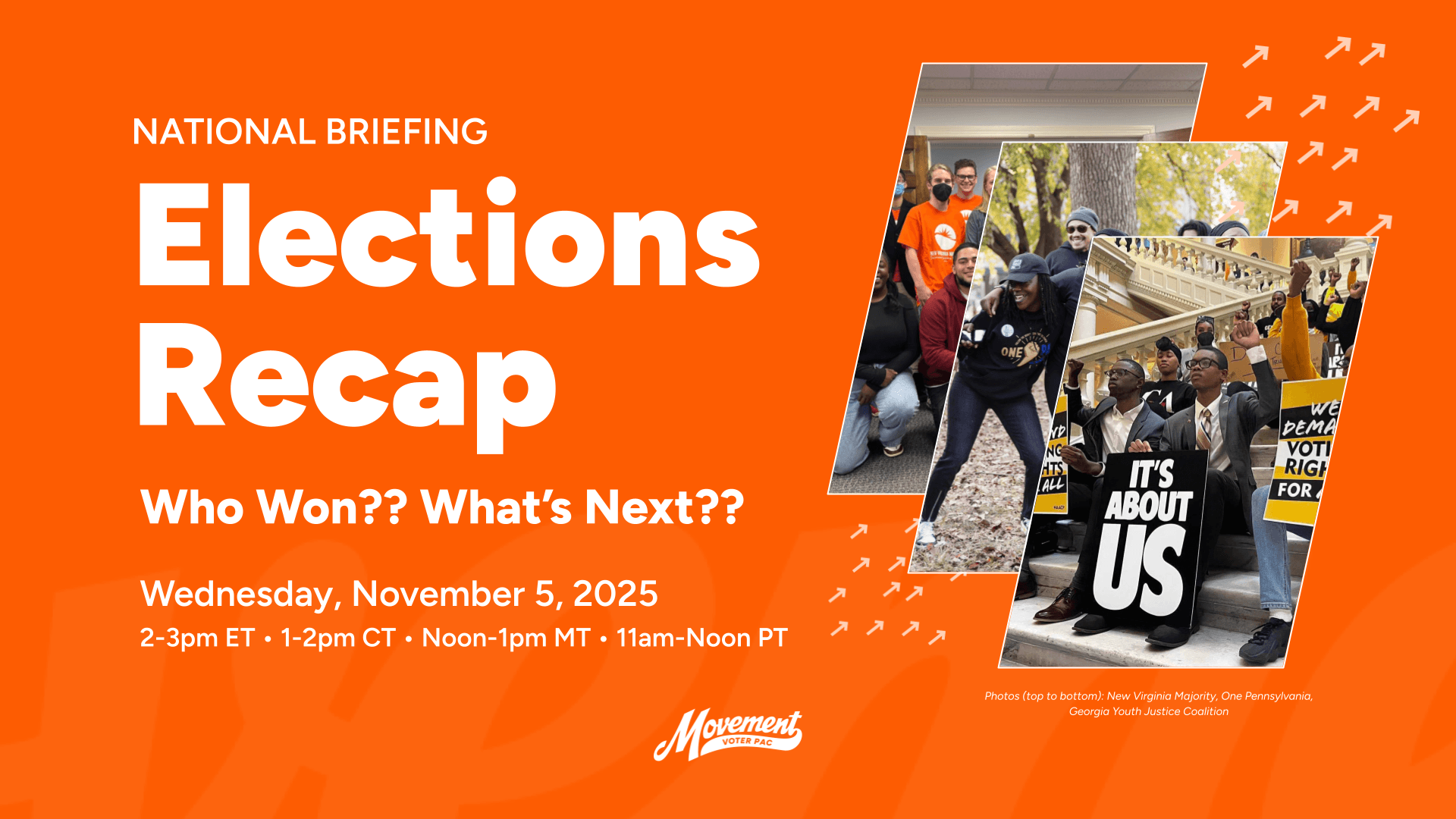Excerpted from Bat Signal 2: The Biggest Investment Ever
###
For anyone paying attention to polling a year before Election Day, the past few months have been a rollercoaster (or a “pollercoaster,” as the folks at Pod Save America aptly put it).
For those catching up, the short version is: The polls are not good for Biden.
Here is MVP’s analysis:
We need to take these polls seriously, but not fatalistically.
Fundamentally, polls cannot predict close races — especially not this far out.
Why? Because voters do not answer a survey the way they fill out a ballot. Polls capture a snapshot of voters’ feelings and frustrations, which may or may not reflect how they decide to vote.
And, even if polls could accurately predict people’s voting intent, that intent could and likely will shift between now and the start of voting.
Progressive political guru Michael Podhorzer puts it clearly:
“Pollsters want voters to tell them who they will vote for next November; voters want to tell pollsters how unsatisfied they are now with the direction of the country and their own lives. For most of this century, Americans have said the country was on the wrong track – and they have taken out those broader frustrations on whoever was president at the time. Low presidential approval ratings are now the norm in the United States (for old and young presidents alike), in a stark contrast to the last century.
“To be clear, I’m not saying that Biden is going to win – just that there’s no reason to declare him likely to lose. But media outlets create this narrative out of thin air when they choose to field and devote so many headlines to horserace polls a year out from the election. This saps our agency as voters by creating a false sense of inevitability about the final outcome.”
It’s not “game over,” it’s “naptime over.”
Simply put: Polls this far out are not predictive of outcomes. They are prescriptive of what we need to do. The only good use of a bad poll is to wake up, not to give up.

Infographic credit: NBC News
Turnout Will Determine How It Turns Out.
In 2016, Trump won by 77,744 votes in three key states — just 0.06% of all votes cast.
In 2020, Biden won by 42,844 votes, in a slightly different triad of states — just 0.027% of all votes cast.
2024 is likely to be just as close.
These miniscule margins are mind-boggling, and until pollsters gain psychic powers or the ability to time-travel, they are well within the margin of error of any poll.
This means it will all come down to turnout.
What is our greatest hope of increasing turnout? Local organizing in battleground states.
And that means there is one factor in our control: The level at which we fund this work.
Next Steps:
- Read on to see why the gap is the ground game, and MVP's plan to fill the gap.
- Join MVP's all-hands-on-deck effort by giving big and giving early to support local voter organizing in swing states.



